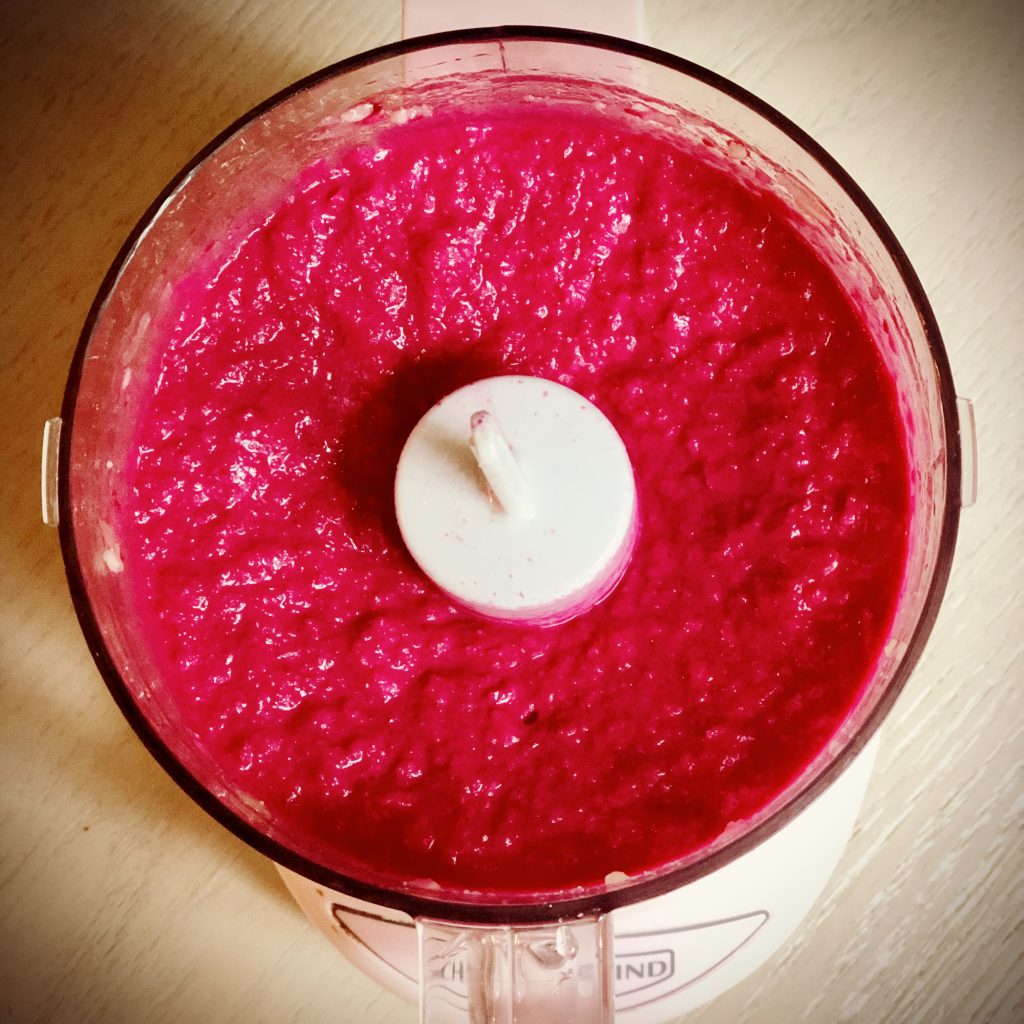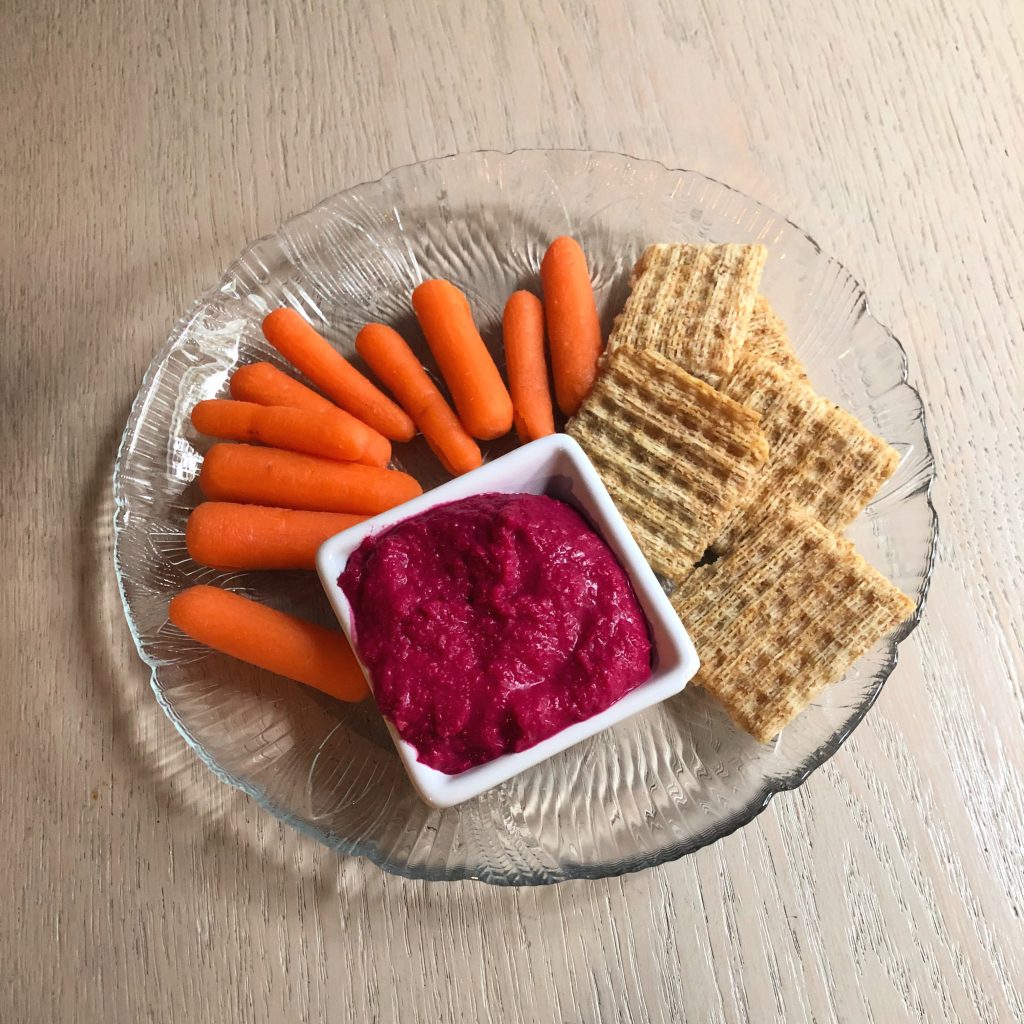I don’t talk about this much, but I’m considered at high risk for developing breast and ovarian cancer, given my family history, which includes at least one known gene mutation and diagnosis in multiple younger women. I basically have grown up knowing I have to pay attention to this, take responsibility for my own health and wellbeing, and advocate for myself within the healthcare system. This has also played a huge part in making sustainable healthy living a priority for me in my own life. This combination of promoting long term health while also giving myself room to enjoy food and live my life had a lot to do with how I found my way into the field of nutrition and wellness in the first place.
October is Breast Cancer Awareness Month. It’s a really intense month for survivors and their families (to say the least) and it also can bring up a lot of complicated emotions for those who have lost loved ones to the disease. On the one hand, there are so many uplifting events and initiatives and shared resources ; on the other, grief, sadness, anxiety and feelings of overwhelm can creep in.
This is also when we see a lot of “pinkwashing”—aka companies claiming to care about breast cancer by promoting a special “pink ribbon” product, but which also produces, manufactures and/or sells products that have been shown to potentially contribute to the disease. As a dietitian, I see this come up all the time with sugary treats like pink-frosted cupcakes, donuts, cookies, and the like. While, no, I’m not saying that an occasional sweet treat will cause cancer, there is a lot of research that shows that diet plays a role in cancer risk and disease outcome, and that sugar plays an indirect but significant part.
For example, high intake of sugary beverages and foods that provide excess calories may contribute to obesity, which has been linked to several types of cancer, including breast cancer. So again, an occasional indulgence in the context of a well balanced diet that’s high in plant foods and low in red and processed meat (two other notable cancer factors, according to the literature) is totally okay. Just keep in mind that a cupcake that’s pink to promote breast cancer awareness is still a cupcake.
That’s why I wanted to share a healthy pink recipe this October. This white bean hummus features fiber and plant protein from the beans, healthy fats from the olive oil, vitamin C from the lemon juice, and antioxidants along with that gorgeous pink color from the beets. It also comes together in about 5 minutes.
White Bean Beet Hummus
Makes ~ 2 cups
Ingredients
- 1 15-oz can white beans, rinsed and drained
- 1 medium roasted or steamed beet (or 2 small) *
- 1 garlic clove
- 2 tablespoons olive oil
- ½ teaspoon of paprika
- Sea salt and pepper to taste
Directions
- Combine ingredients in a food processor and process until smooth.
Enjoy as a dip for sliced veggies and whole grain crackers, as a spread or sandwiches, or on salads.
*You can use fresh beet in this recipe if preferred—just make sure it’s peeled!

